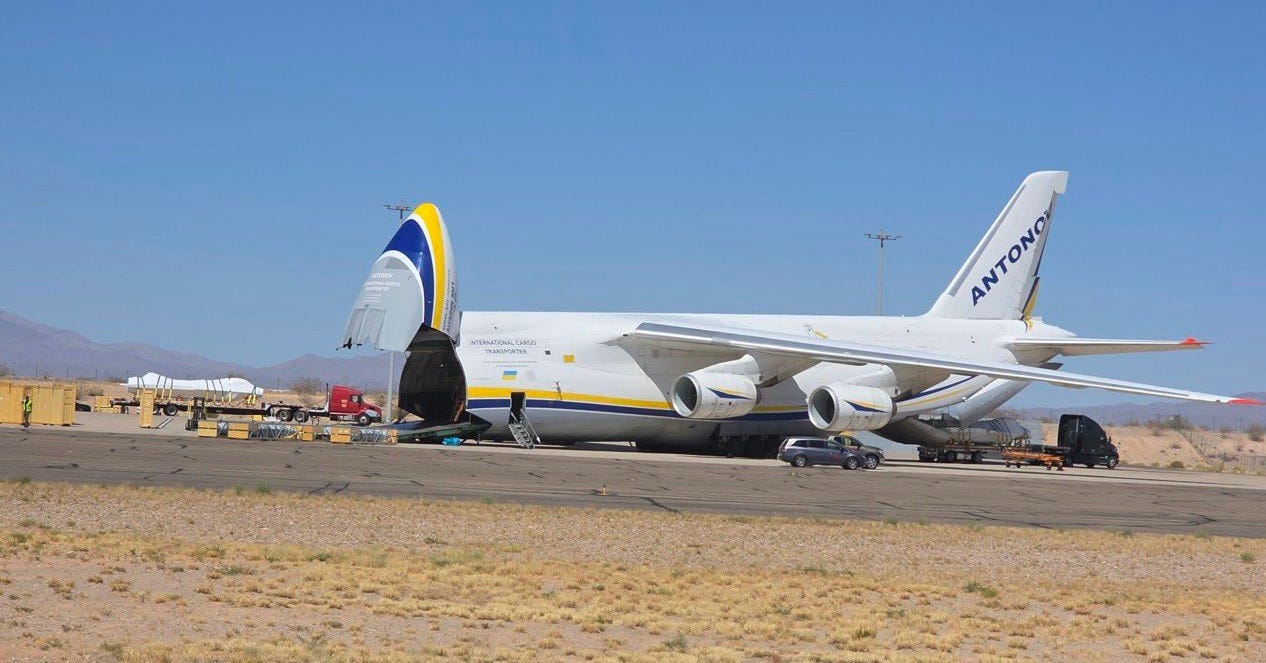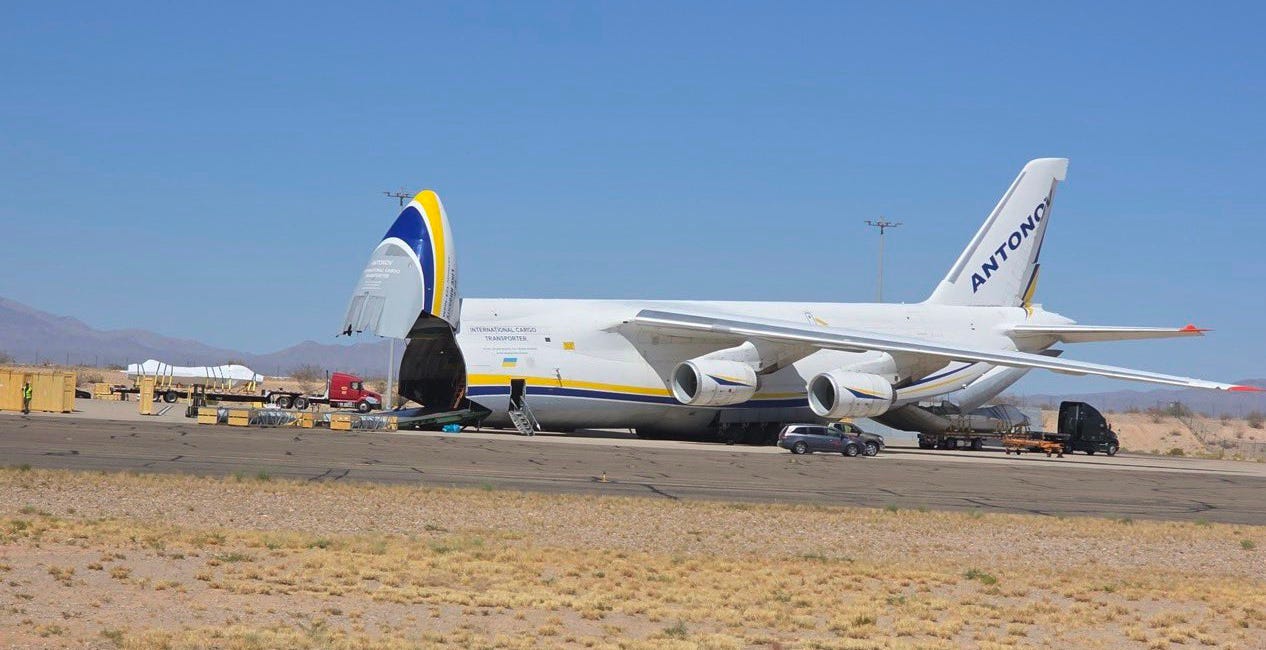Ukraine Lost Another F-16—Its Third Since August
Roughly 15 percent of the Ukrainian air force's delivered F-16s have crashed or been shot down
A Ukrainian air force Lockheed Martin F-16 crashed on Friday morning. It’s the third of the single-engine, single-seat, supersonic jets the Ukrainians have written off since the first of 85 ex-European F-16s arrived in Ukraine in August.
The air force promptly copped to the loss. “On May 16, 2025, at about 03:30, contact was lost with the F-16 aircraft,” the service stated. “The Ukrainian fighter was performing a task to repel an enemy air attack. According to preliminary data, the pilot destroyed three air targets and worked on the fourth, using an aircraft cannon.”
“However, an emergency situation arose onboard,” the air force added. “The pilot took the aircraft away from the settlement and successfully ejected. Thanks to the operational work of the search-and-rescue team, the pilot was quickly found and evacuated.”
It’s been just a month since the previous loss of an F-16 in Ukraine. Ukrainian president Volodymyr Zelensky announced that loss on April 12. “Capt. Pavlo Ivanov was tragically killed during an F-16 combat mission,” Zelensky wrote. “The guy was only 26. My condolences to his family and to all of Pavlo’s brothers-in-arms.”
It’s not clear what brought down that F-16. “We are establishing all the circumstances,” Zelensky explained.
The Ukrainian air force lost its first F-16—an ex-Danish example—on the type’s first action over Ukraine on Aug. 26. Tragically, that pilot—Lt. Col. Oleksii Mes—also died.
Mes’s F-16 was not shot down, according to the Ukrainian general staff. Instead, it was destroyed in some unspecified accident.
Three F-16s down—82 more on the way
Ukraine has probably taken delivery of around 20 of 85 pledged F-16s from a Belgian-Danish-Dutch-Norwegian consortium. Another 18 are in Romania for training.
The 1980s-vintage, but heavily upgraded jets—improved to the F-16AM/BM version in the early 2000s—initially flew air-defense missions over Ukrainian cities, firing AIM-9 and AIM-120 missiles at incoming Russian drones and cruise missiles.
Later, the F-16s began flying ground-attack missions with precision-guided bombs. Meanwhile, they also used their sophisticated radar receivers and jammers to surveil for, and suppress, Russian air-defenses—often on behalf on less-well-equipped Ukrainian air force aircraft including Sukhoi Su-24s, Su-25 and Su-27s and Mikoyan MiG-29s.
The only other Ukrainian jets that can match the F-16’s electronic capabilities are the dozen or so Dassault Mirage 2000s Ukraine is gradually receiving from France.
“F-16s, Mirages and MiGs, all our combat aviation, heroically carry out missions, defending our state and supporting ground operations,” Zelensky wrote. Despite losing around 100 Sukhois and MiGs, the Ukrainian air force is still at its pre-war strength of around 100 combat aircraft. It has made good its losses by restoring grounded airframes and taking on surplus European aircraft.
So far, Ukraine is losing F-16s at an annualized rate of three or four per year. And while that rate surely will increase as more of the surplus European jets arrive in Ukraine—thus exposing more airframes to risks including crashes and Russian action—the Ukrainian air force is on track to induct more than enough F-16s to sustain operations for the next few years, at least.
But Kyiv is asking a lot of its F-16s—and can’t easily duplicate their capabilities. The Ukrainians are surely extremely eager to preserve the F-16 force for as long as possible. The United States is helping sustain the fleet by sending to Ukraine unflyable 1980s-vintage F-16As that have been baking in open storage in the Arizona desert.
The American spares and technical support didn’t prevent whatever mishap brought down the third F-16, however. It’s an embarrassing and painful loss. Occasional shoot-downs are all but unavoidable as Ukraine’s F-16s range more widely across the world’s most dangerous air space.
Losses to mid-air malfunctions, however, usually are avoidable. They’re often the result of human error on the ground.
Read more:
American F-16s Are Going to Ukraine. But They Can't Fly.
No, the United States is not giving flyable Lockheed Martin F-16 fighters to Ukraine. Yes, the U.S. is giving Ukraine parts and equipment to support the 85 supersonic F-16s Ukraine is getting from Belgium, Denmark, The Netherlands and Norway.







